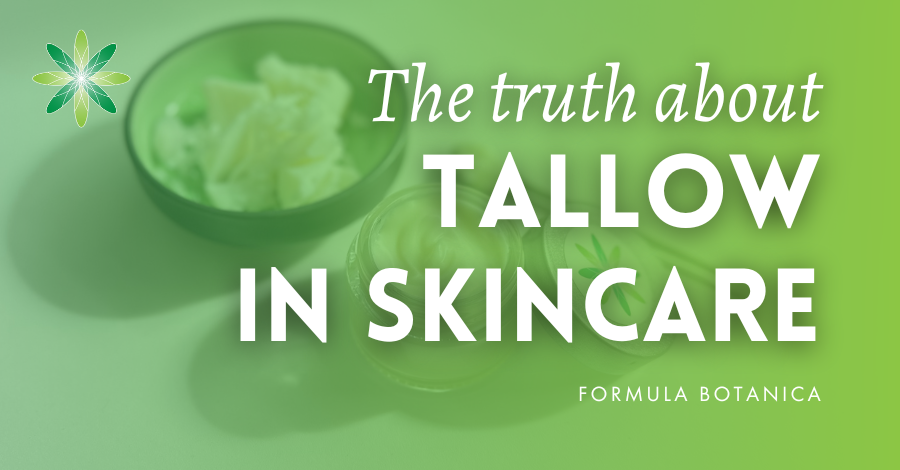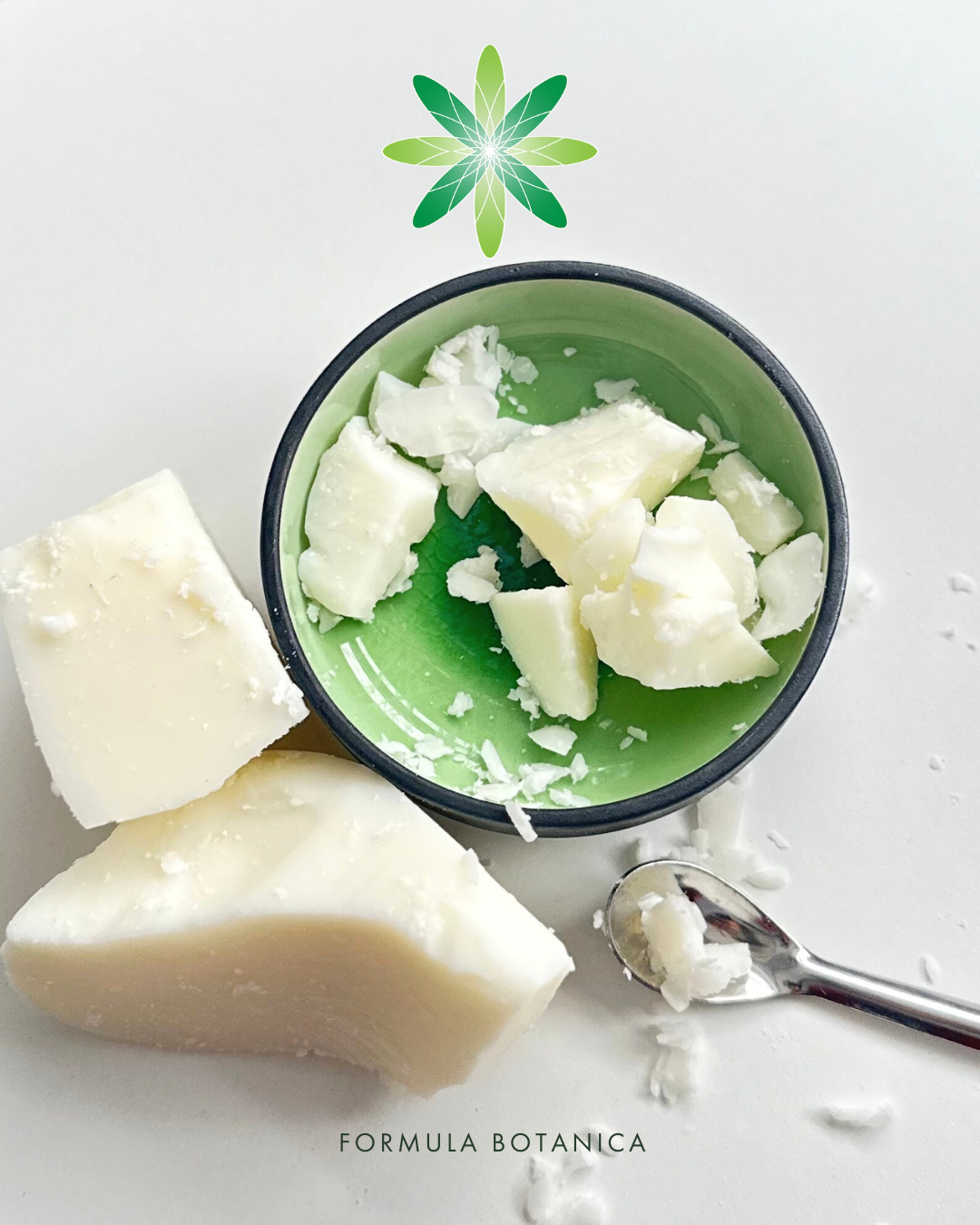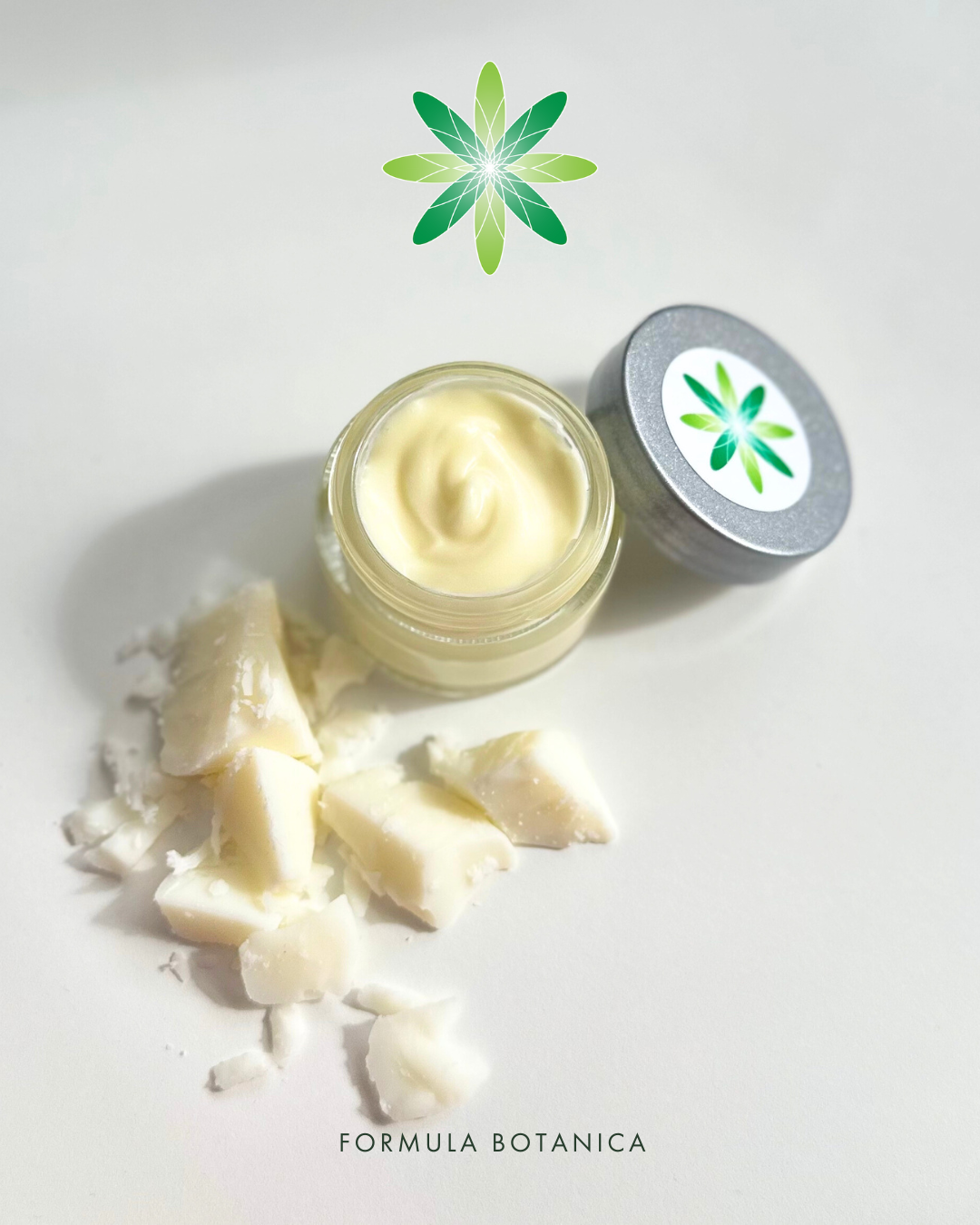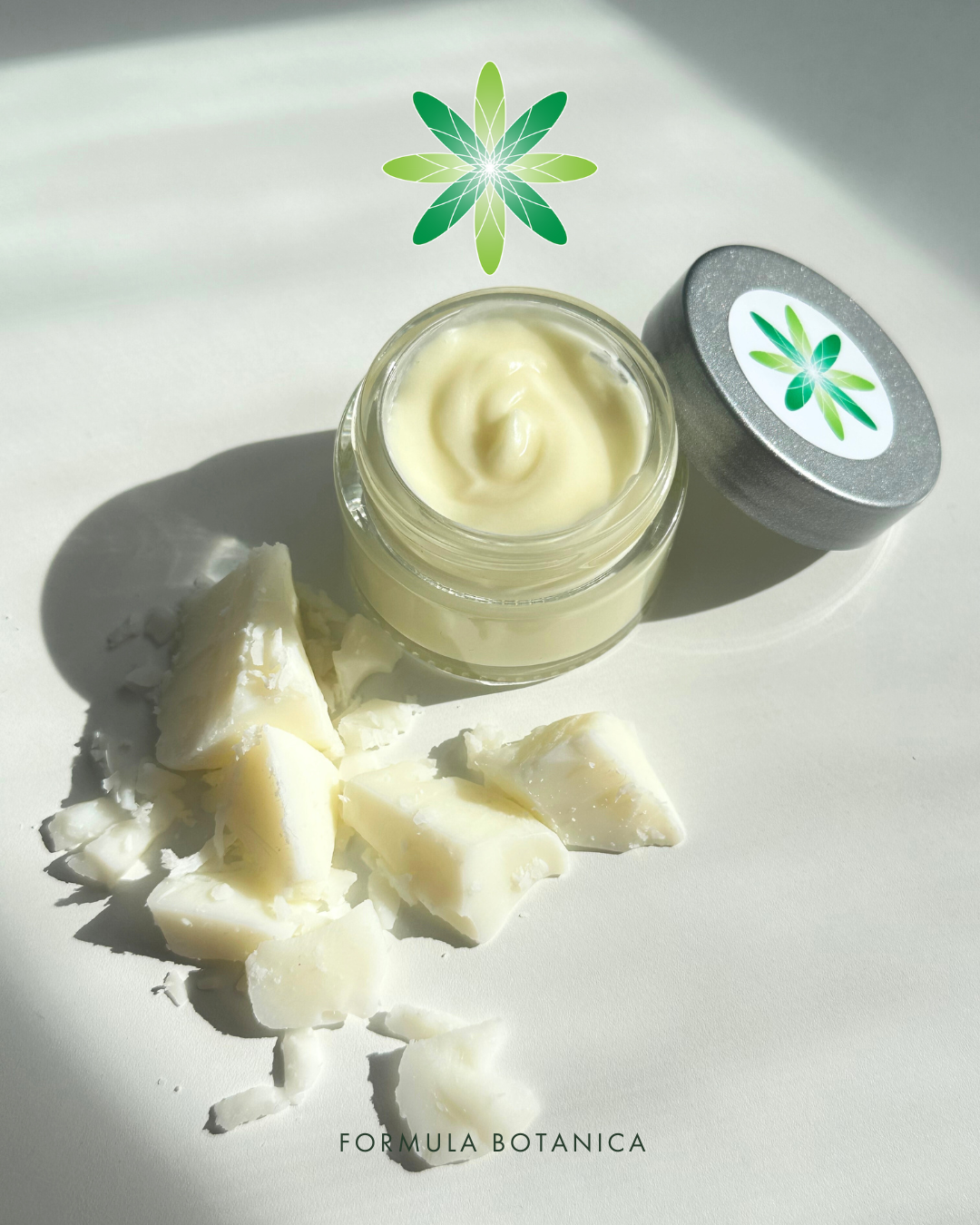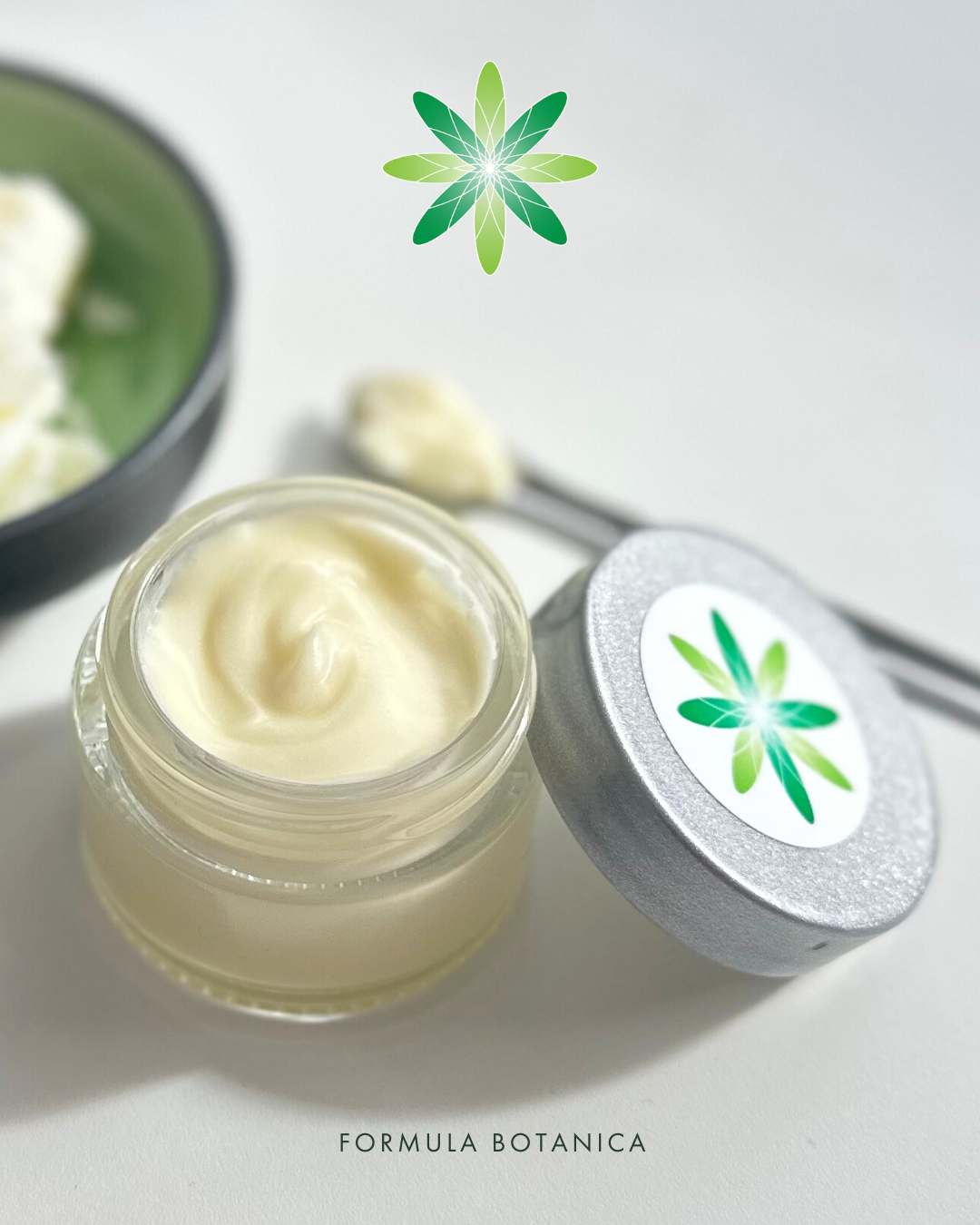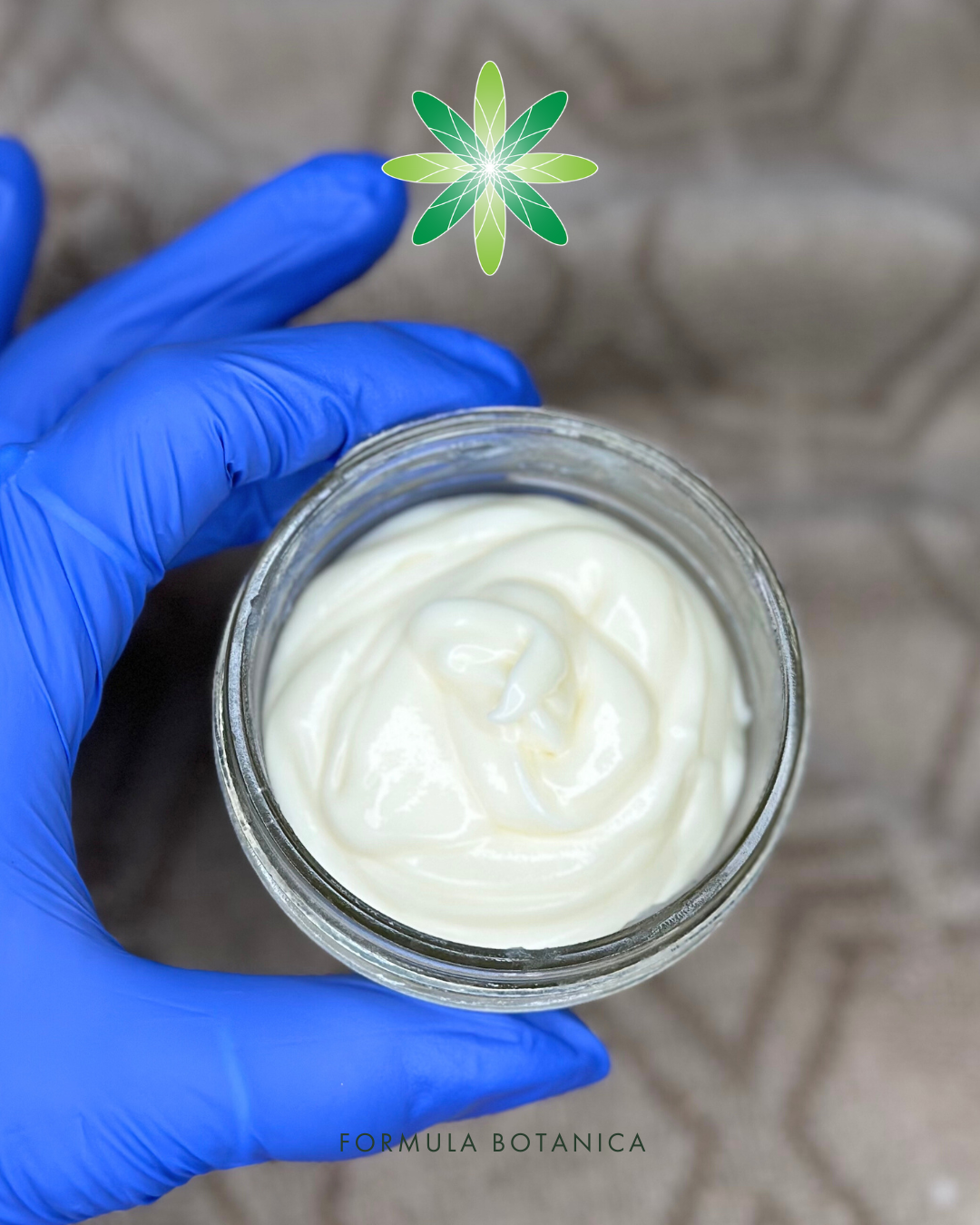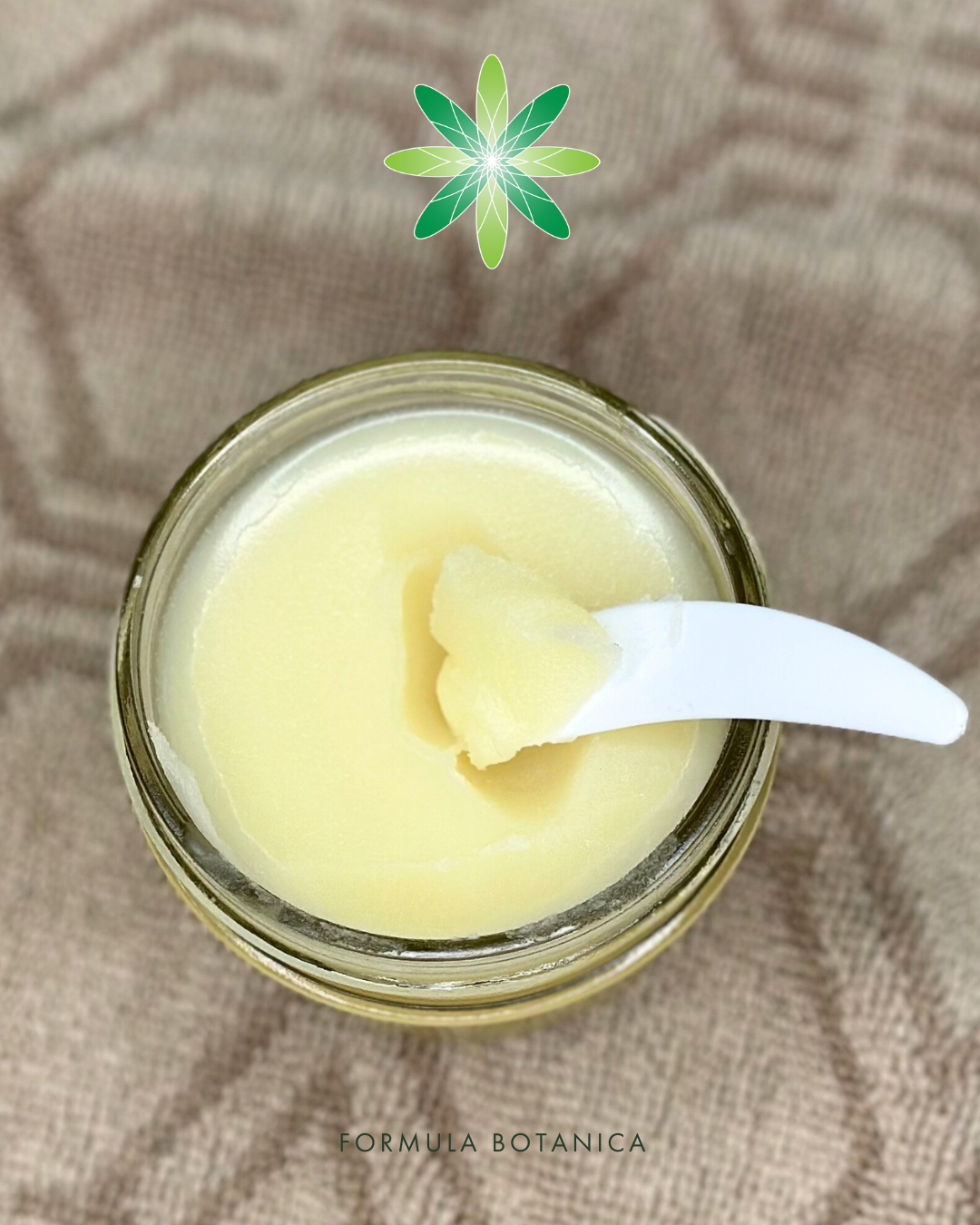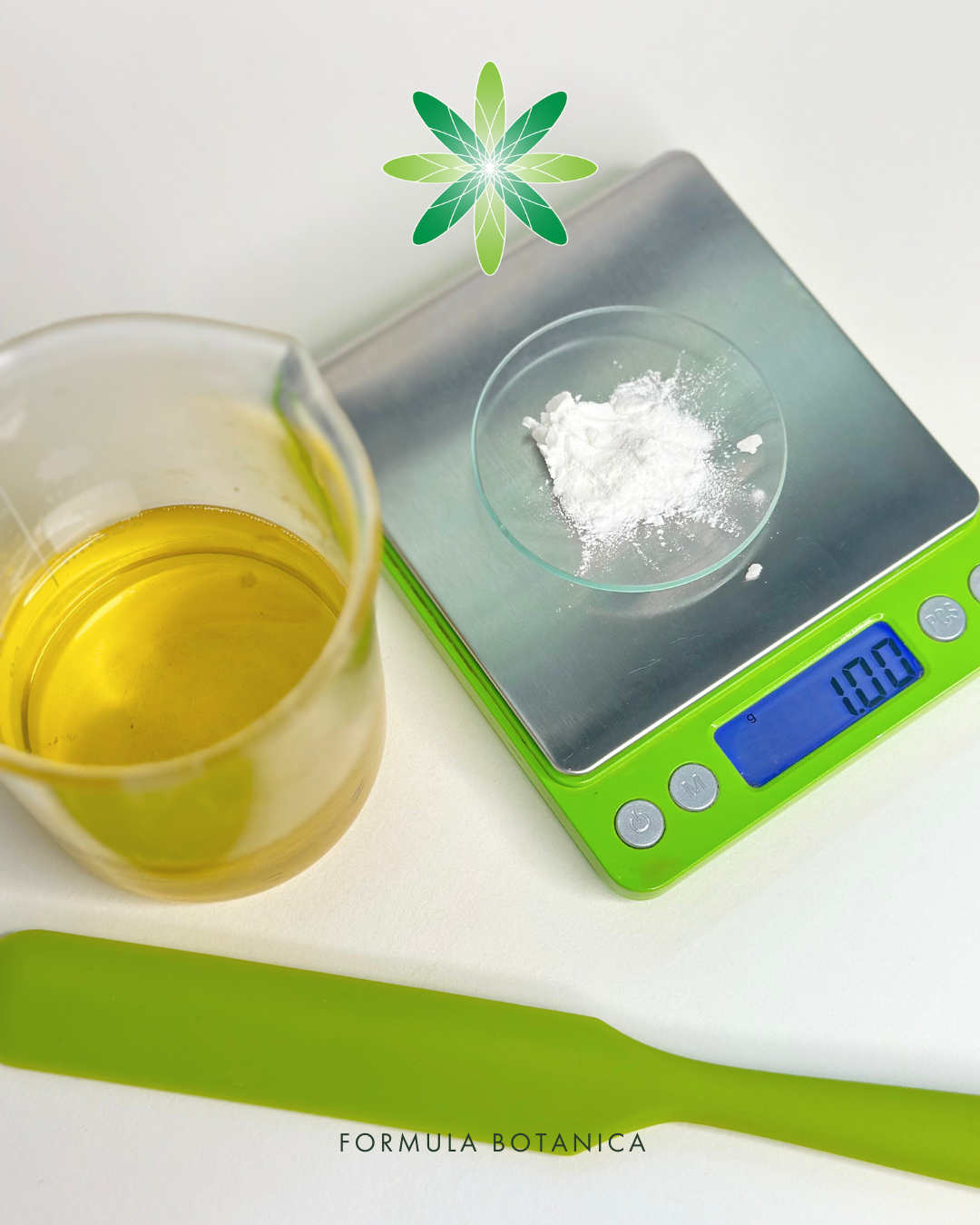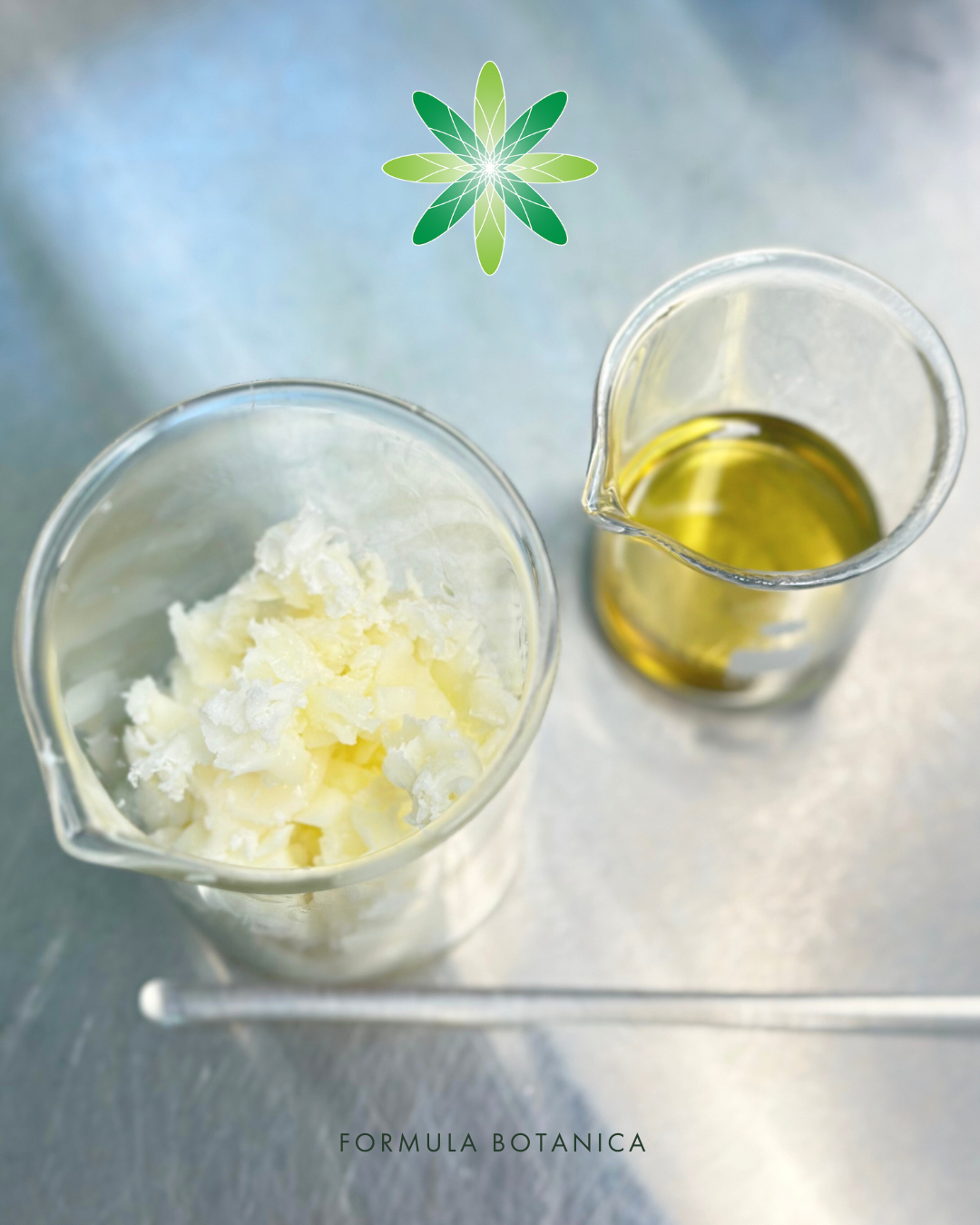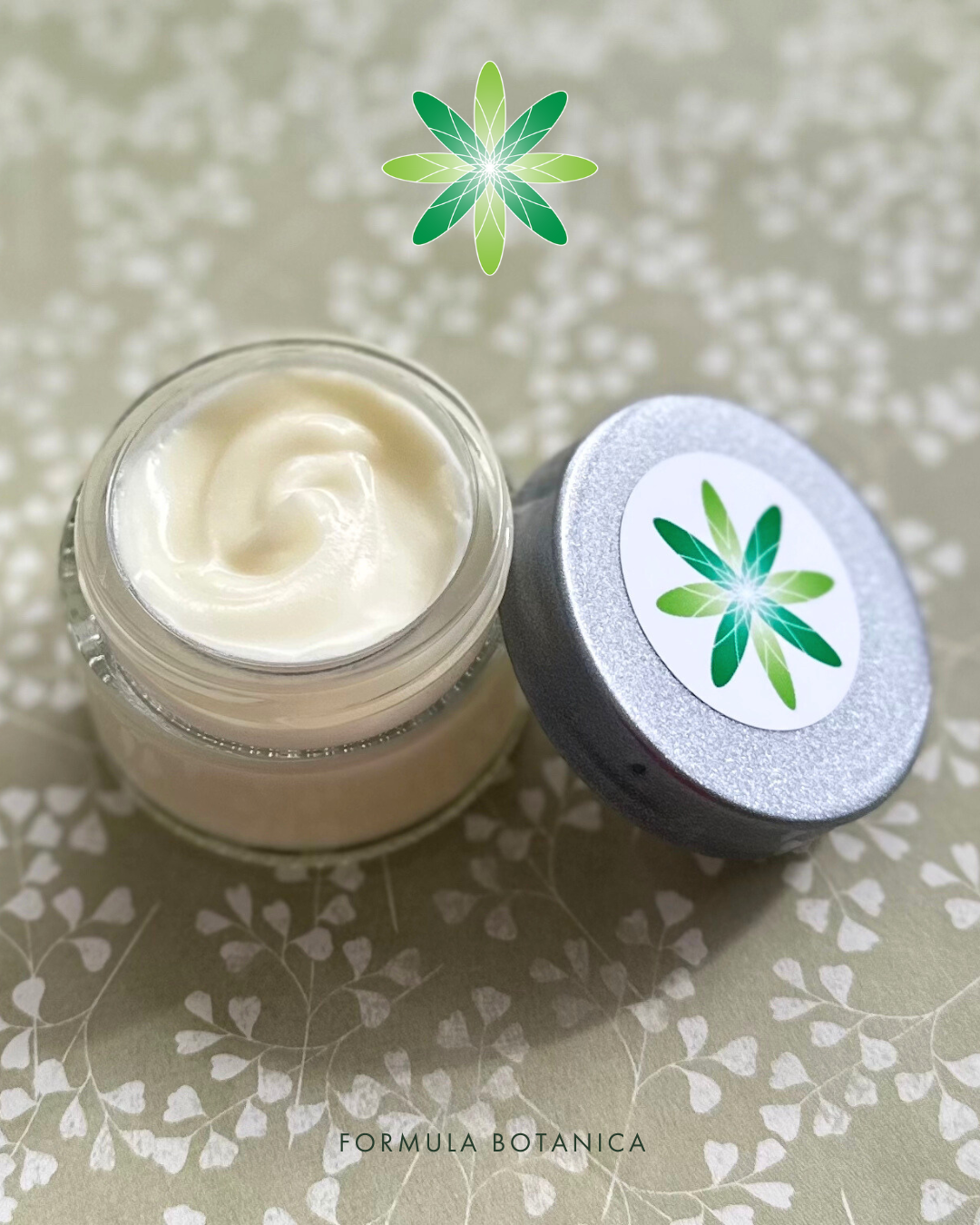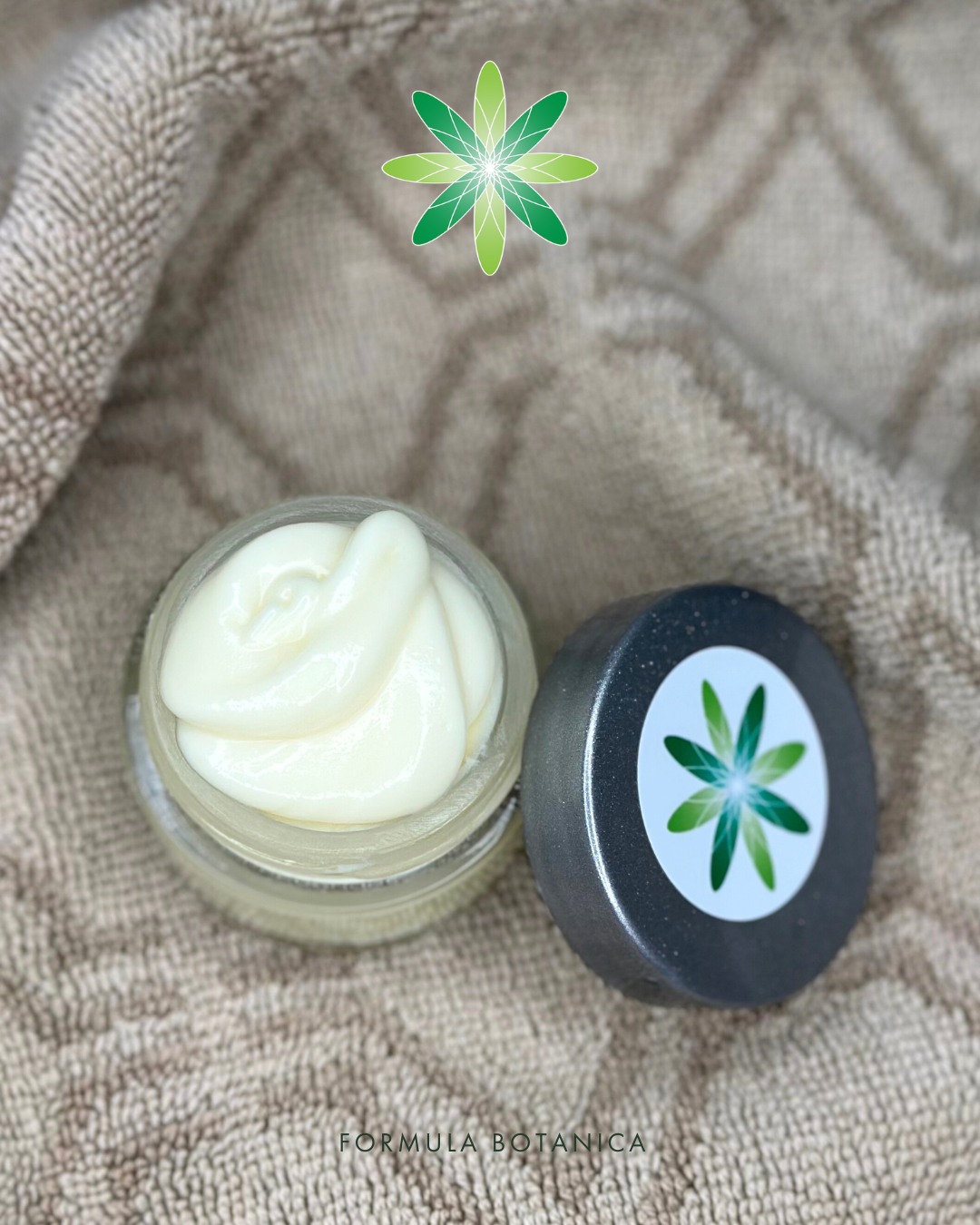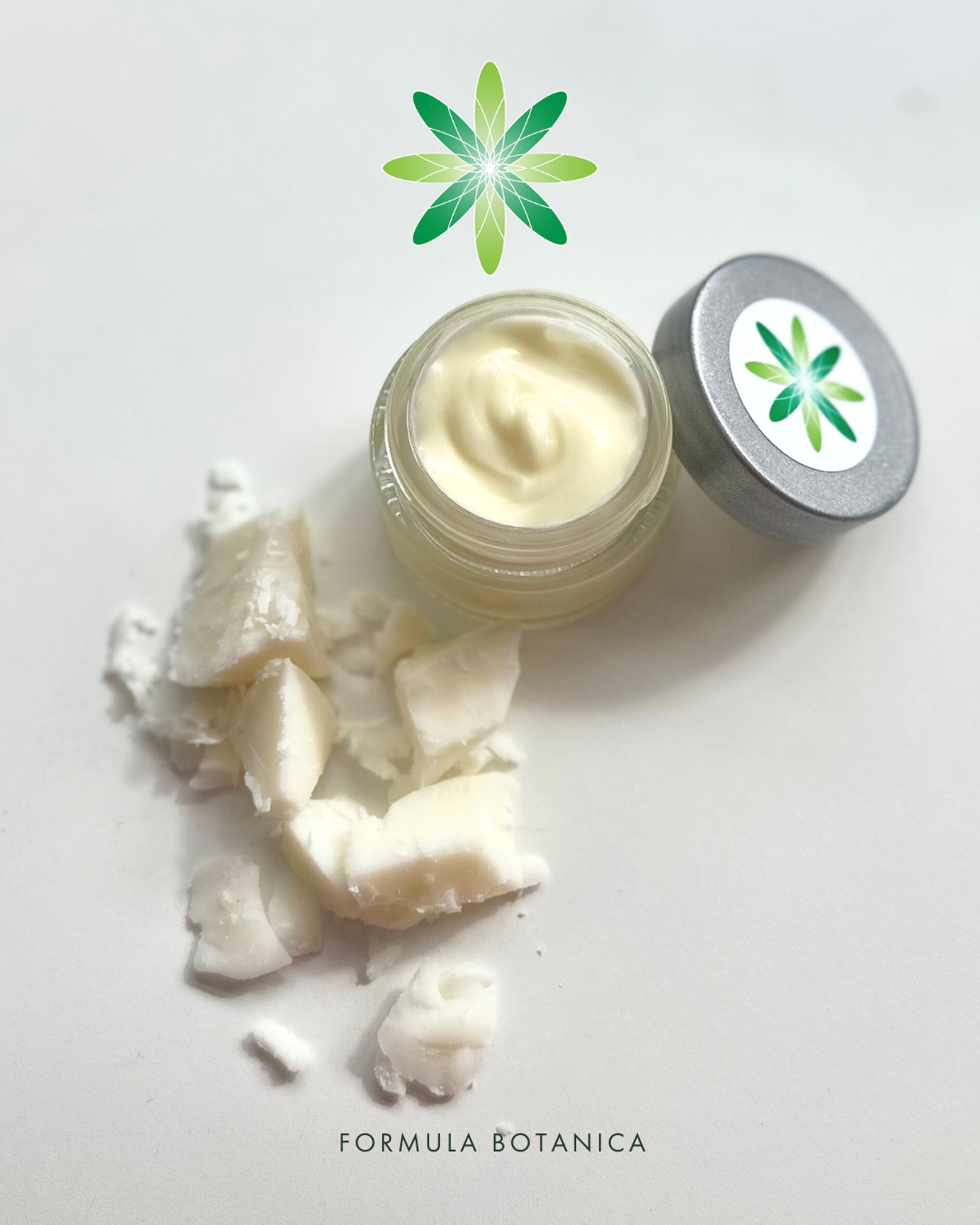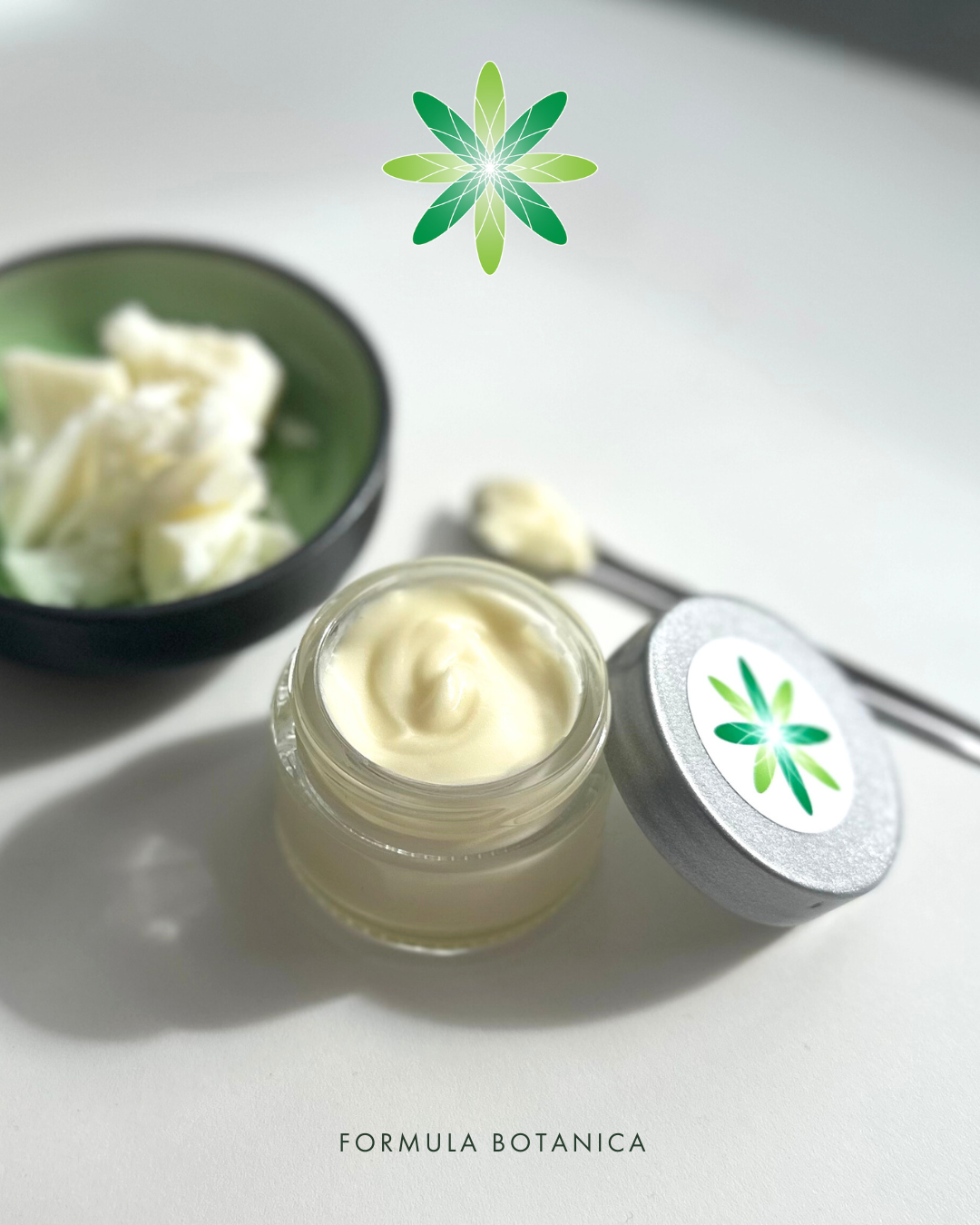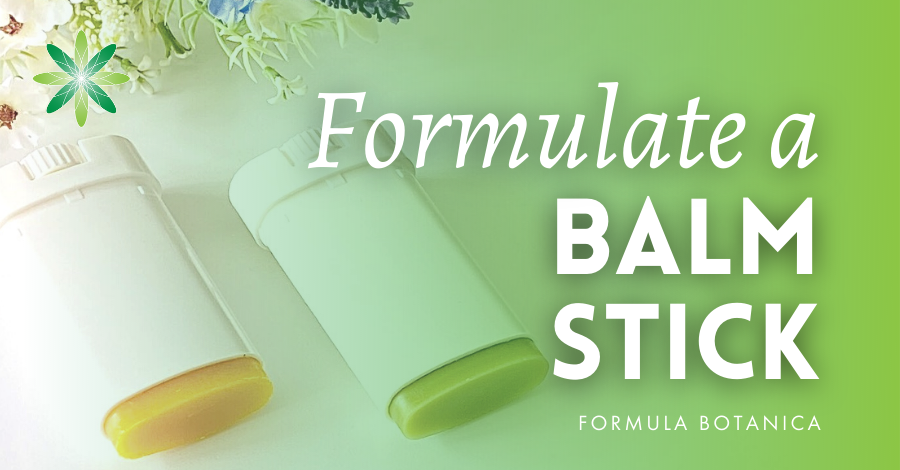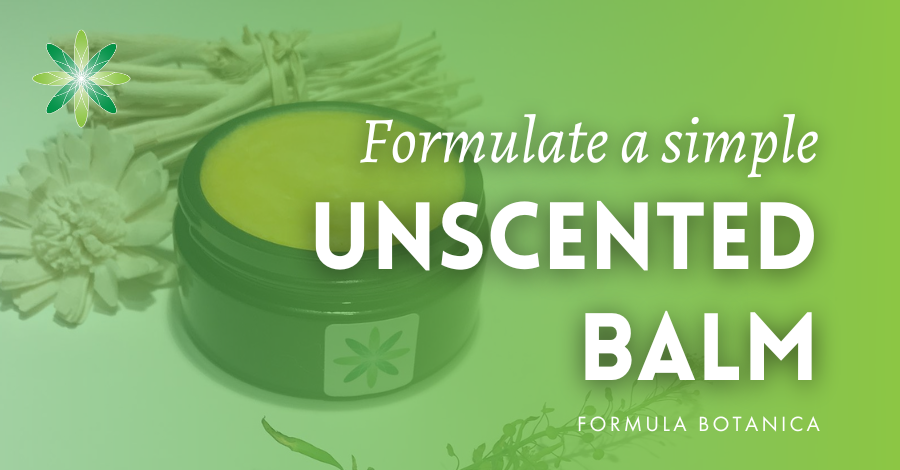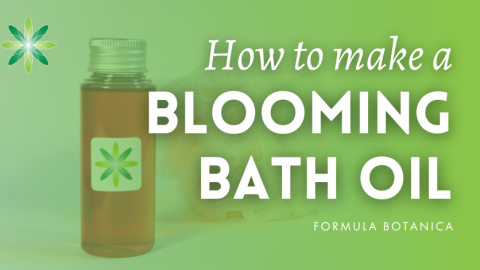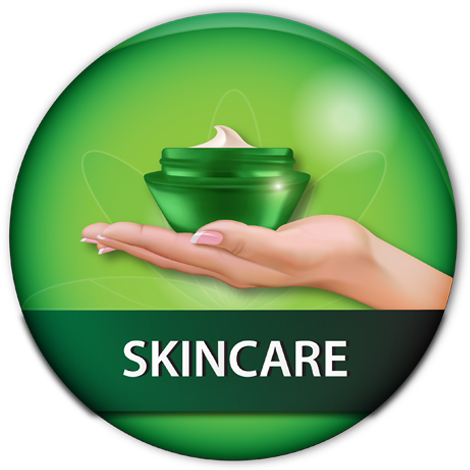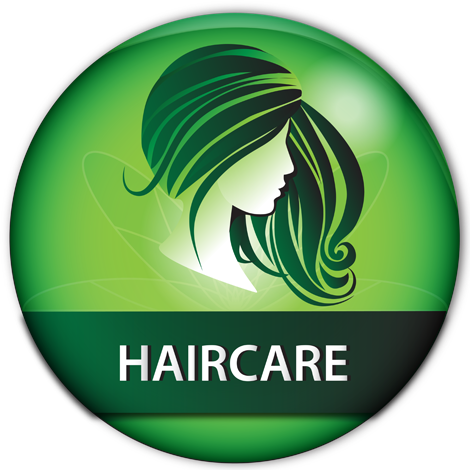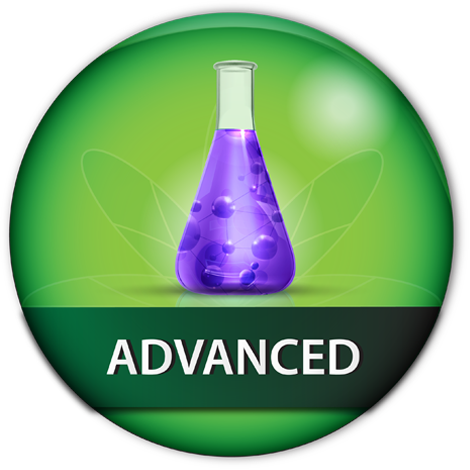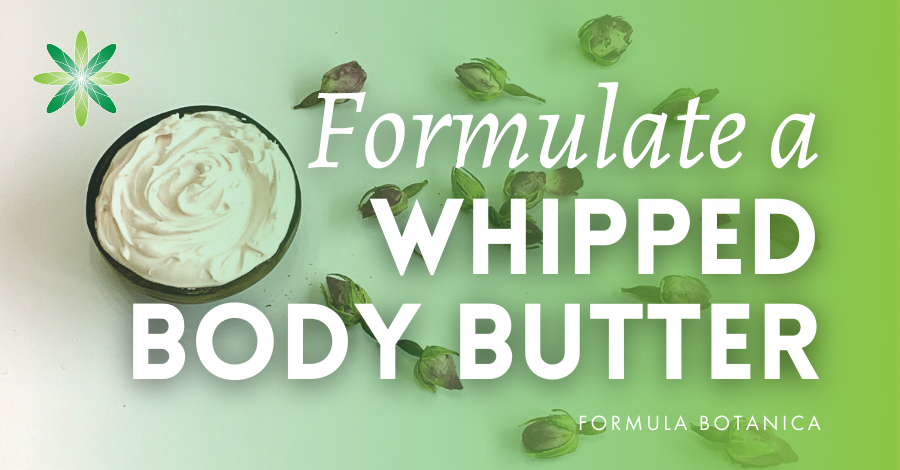Tallow is everywhere right now. From TikTok to Instagram to YouTube to DIY blog posts, it’s the latest skincare trend everyone’s talking about. Influencers can’t seem to get enough of it, telling everyone to use it on their faces, and brands are racing to launch tallow-based products.
Some people claim it’s the ultimate skin healer. Others find the idea of putting animal fat on their face… well, off-putting.
As a formulator, I’ve been curious too. Is tallow really a skin saviour, or just another fleeting social media trend? I wanted to find out for myself.
In this post, I’ll walk you through what tallow actually is, whether it works, its pros and cons, and the actual science behind it. I’ll also show you how to make your own skin-soothing tallow balm and share my honest experience working with tallow – the good and the bad – so you can decide if it’s something you’d like to explore in your own formulations.
What is tallow? (And why is it so popular?)
Tallow is rendered animal fat, most commonly sourced from cows (but also goats, sheep, deer, and buffalo), that has been used for centuries in cooking, soapmaking, and skincare.
When melted and cooled, tallow sets into a soft, creamy solid with a balm-like texture, similar to shea or mango butter. It can be used on its own or blended with other ingredients to create nourishing skincare products.
In recent years, tallow has experienced a surge in popularity and has gone on social media, with influencers praising it as the ultimate moisturiser to hydrate dry skin, soothe irritation, and reduce acne (though this is a serious medical claim that shouldn’t be taken lightly).
Why the hype?
Tallow’s appeal lies in its simplicity. In a world where many are eager to reconnect with their roots, tallow stands out as a truly authentic, ancestral skincare ingredient and is marketed as a natural alternative to synthetic skincare.
Ultimately, tallow is viewed as a whole-food-based ingredient that feels natural, familiar, and minimally processed, offering a pure, back-to-basics approach to skincare.
When it comes to its actual properties, tallow is rich in fatty acids, which closely resemble those found in our skin’s natural sebum, making tallow a great emollient. It also contains fat-soluble vitamins A, D, E, and K, which can help support skin barrier health.
The debate around tallow
But tallow isn’t without controversy. Being animal-derived, it’s not suitable for vegans or vegetarians, and raises valid ethical and environmental concerns – topics you can explore further below:
Vegan & cruelty-free cosmetics: What every natural formulator needs to know
Despite these ethical concerns, many formulators and consumers continue to love tallow and embrace it for its exceptional skin compatibility and nourishing properties. Others, however, choose to avoid it entirely due to personal, ethical, or practical reasons. Ultimately, the choice is yours.
Even dermatologists don’t all agree: some praise tallow as a rich, skin-friendly emollient, while others caution that it can feel heavy, potentially irritating, or comedogenic for certain skin types, especially when used in higher concentrations.
Does tallow really work? Pros & cons
Now that you know more about tallow, it’s time to answer the big question: does tallow actually work? Let’s take a look at its pros and cons.
The alleged benefits of tallow
Based on my research and anecdotal reports, tallow could offer the following skin benefits:
- Moisturising and skin-softening: Tallow is an emollient that is rich in oleic acid, palmitic acid, linoleic acid (omega-6), and stearic acid – all excellent skin conditioning agents that can help prevent dryness.
- Antioxidant: Tallow also contains vitamins A, D, E, K and B12, which have antioxidant and potential skin barrier benefits.
- Skin-compatible: Similarly to plant-based butters, tallow provides an occlusive effect and absorbs easily into the skin. Tallow butter melts easily into formulations and pairs well with botanical oils.
- Anti-inflammatory (anecdotal): Some people report that tallow calms skin redness and irritation. Some even claim it might help boost collagen production. However, clinical evidence is lacking.
- Anti-microbial (anecdotal): Some sources also suggest that tallow has mild antimicrobial properties that could help protect the skin, though this is mostly anecdotal.
- Pleasant texture: Finally, tallow has a similar texture and skin feel as plant butters (like shea or mango butter) but melts more easily into the skin, creating a nourishing and occlusive balm texture (perfect to make a skin-loving balm, as you’ll see later!).
The disadvantages of tallow
However, tallow also comes with its downfalls:
- Strong scent: Tallow naturally has a distinctive, meaty scent that can linger even after rendering. While essential oils help, it can be hard to completely mask the scent.
- Comedogenic concerns: Due to its high saturated fat content, tallow may clog pores and lead to breakouts, especially when used in high concentrations. Since skin reactions vary widely, it’s important to test and adjust your tallow formulas accordingly.
- Rich skin feel: Another side effect is that, since tallow is high in saturated fat, it can feel too rich or heavy at times. However, if you blend it with the right oils, you can play around with texture and skin absorption.
- Ethical considerations: As an animal-derived product, tallow isn’t vegan or vegetarian, raising ethical questions about animal cruelty. If you still choose to formulate with tallow, source ethically, preferably grass-fed and sustainably processed cosmetic-grade tallow.
- Limited research: Much of tallow’s reputation is based on anecdotal evidence and social media testimonials. As you can imagine, tallow won’t cure your acne, as this is a skin condition, but it does have reported skin benefits. However, scientific studies are still limited and tend to focus more on individual fatty acids rather than tallow itself.
- Lack of regulation: The final disadvantage of tallow is that, as of yet, there are no standardised cosmetic regulations or purity standards for tallow, making the quality variable across suppliers. In the U.S., for example, tallow is largely unregulated and is not FDA-approved in cosmetics.
What does the science actually say?
As mentioned above, there is limited scientific evidence surrounding tallow’s effectiveness as a skincare ingredient, but that is often the case for natural ingredients.
The most comprehensive study available about tallow as a cosmetic ingredient is a 2024 scoping review titled “Tallow, rendered animal fat, and its biocompatibility with skin.” The authors reviewed 19 studies and concluded that:
- Tallow may offer moisturising properties, but other oils, such as pumpkin seed oil and linoleic acid, provided superior results in comparative studies.
- Tallow may benefit skin conditions like dermatitis, psoriasis, and dry skin, but the evidence base is currently small and inconclusive.
- Side effects were inconsistently reported across studies, with some papers citing no irritation and others reporting skin and eye reactions.
- There is a lack of standardisation and controlled clinical trials on the safety, efficacy, and long-term effects of topical tallow use.
- The study also flagged environmental concerns: tallow is not reef-safe and may negatively impact marine life if rinsed off into waterways.
Should you formulate with tallow?
As you can see, tallow is quite a controversial ingredient. Ultimately, the choice to formulate with tallow is yours. And to help you decide, I’ve created a simple tallow balm formulation that you can easily recreate at home.
The following tallow balm provides deep moisture, lasting softness, and supports your skin’s natural barrier health.
I personally found working with tallow surprisingly enjoyable – the tallow butter was soft, rich, and blended beautifully with botanical oils. I intentionally kept the tallow content below 50% to avoid a heavy or greasy feel on the skin. The biggest challenge was the scent, but I covered it with essential oils.
Here’s how to make this tallow balm.
How to make a skin-soothing tallow balm (Step-by-Step)
Here’s how to recreate this skin-soothing tallow balm.
- Formulation type: Balm, hot process
- Formulation level: Beginner-friendly/intermediate
- Batch size: 100g
| Phase | Ingredients | INCI | Weight (g) |
| A | Tallow butter | Tallow | 45.00 |
| A | Tucuma butter | Astrocaryum Tucuma Seed Butter | 13.00 |
| A | Sunflower kernel oil | Helianthus Annuus Seed Oil | 10.00 |
| A | Beeswax | Cera Alba | 2.00 |
| B | Sacha inchi oil | Plukenetia Volubilis Seed Oil | 10.00 |
| B | Olive squalane | Squalane | 6.00 |
| B | Hemp seed oil | Cannabis Sativa Seed Oil | 5.00 |
| B | Rosehip seed oil | Rosa Canina Seed Oil | 4.00 |
| B | Tamanu oil | Calophyllum Inophyllum Seed Oil | 2.00 |
| C | Vitamin E | Tocopherol | 1.00 |
| D | Arrowroot | Maranta Arundinacea Root Powder | 1.00 |
| E | Lavender essential oil | Lavandula Angustifolia Oil | 0.50 |
| E | Geranium essential oil | Pelargonium Graveolens Oil | 0.40 |
| E | Lemongrass essential oil | Cymbopogon Flexuosus Oil | 0.10 |
| Total: 100.00 |
Key ingredients
For this formulation, I’ve used tallow butter (the star of this balm!), which is prized for its close compatibility with the skin’s natural structure. I’ve paired it with tucuma butter, known to support skin elasticity, and sunflower kernel oil, which softens the balm’s texture and leaves a comfortable, non-greasy finish.
I’ve added sacha inchi and hemp seed oils for their calming, skin-soothing properties, and olive squalane for a silky slip to enhance the balm’s overall spreadability and skin feel. To support skin regeneration, I’ve also added rosehip and tamanu oils, which are often used to promote a more even-looking skin tone.
I’ve included a small amount of arrowroot powder to create a soft, dry-touch finish, reducing any heaviness on the skin.
For the scent, I’ve used lavender and geranium essential oils for their gentle and calming aromas and skin benefits, and a touch of lemongrass essential oil to round out the fragrance and subtly balance tallow’s natural scent.
Equipment
Here’s the equipment you’ll need to make this tallow balm:
- A jewellery scale with 0.01g precision
- Some glass beakers and glass rods
- A spatula
- A hotplate or water bath
- Suitable packaging (like a jar)
You can easily find all these online or in kitchen stores for relatively cheap. You can also check out Formula Botanica’s Amazon storefront, where we list some useful equipment.
Formulation method
Here’s how to make a tallow balm in 8 simple steps:
- Step 1: Weigh the tallow butter, tucuma butter, sunflower kernel oil and beeswax
After cleaning and sanitising your home lab and equipment, carefully weigh the tallow butter, tucuma butter, sunflower oil and beeswax into a beaker.
- Step 2: Weigh the sacha inchi oil, squalane, hemp seed oil, rosehip seed oil and tamanu oil
In a separate beaker, weigh the sacha inchi oil, squalane, hemp seed oil, rosehip oil, and tamanu oil, and combine well using a glass rod. Set aside.
- Step 3: Heat the tallow butter, tucuma butter, sunflower kernel oil and beeswax
Place the beaker from step 1 (the one with the tallow butter) into a water bath set at 65 °C. Both tallow and tucuma have relatively low melting points, and beeswax’s melting point sits between 61-65°C, which is why you need to heat up your beaker to 65 °C.
Gently stir your ingredients with a glass rod until completely melted and uniform. Once melted, remove from the heat and allow the mixture to cool slightly.
- Step 4: Add the sacha inchi oil, olive squalane, hemp seed oil, rosehip seed oil, and tamanu oil to the melted mixture
Once the melted ingredients have cooled below 40 °C, slowly pour the oils from Step 2 into the melted blend, stirring continuously.
- Step 5: Add the vitamin E
Add the vitamin E to the blend and stir well.
- Step 6: Add the arrowroot powder
Sprinkle the arrowroot powder into the mixture while stirring slowly with a glass rod to prevent clumping. Continue mixing until the texture is smooth and the arrowroot is fully dispersed.
- Step 7: Add lavender, geranium and lemongrass essential oils
Weigh and add the essential oils to the balm. Add them one by one, and mix thoroughly so they’re combined throughout.
- Step 8: Package & label
Pour the finished balm into a clean and sanitised container, and let it set uncovered at room temperature. And that’s it! Your balm is ready to use.
As the balm is anhydrous, you don’t need to check the pH or add a preservative. However, if you think your balm or packaging might come into contact with water, steam, or damp fingers, consider adjusting your formulation to include a suitable preservative.
Important considerations when formulating with tallow
When formulating with tallow, keep the following in mind:
- As it’s animal-based, tallow is not vegan. Depending on its source, it may be kosher-certified. Always check with your supplier for the relevant sourcing documentation and certifications.
- Tallow butter comes in various grades based on its source and processing. Wet rendering uses water and salt to remove impurities, while dry rendering involves slowly simmering the fat until impurities settle. Both methods produce reliable cosmetic-grade tallow, though cold-rendered tallow may have a stronger natural scent.
- Sourcing matters: grass-fed, sustainably sourced tallow often contains higher nutrient levels and fewer impurities.
- Due to its richness, and as with any other ingredient, it’s wise to patch-test tallow butter and your final formulation to avoid possible skin reactions.
- Products containing tallow must follow local cosmetic regulations, especially in Europe, where animal-derived ingredients are strictly regulated under EU law.
Bonus: Turn your balm into a whipped butter
Want to turn your balm into a whipped butter? No problem! Simply replace the 2% beeswax in the balm formula above and replace it with an additional 2% tucuma butter.
After the balm cools and sets, whip it in its container (the beaker) until it becomes light and almost liquid-like. Then, transfer the balm into your final container using a piping bag and leave it uncovered overnight to set it into a beautifully whipped body butter.
This whipped version offers the same nourishing benefits as the balm above, with a silky, spreadable feel that melts effortlessly into your skin.
Why not try both formulations and see which you prefer? The first offers a rich, solid balm feel, while the other has a soft, buttery finish. I personally love both, but this comes down to personal preference and where in the world you live!
Suggested ingredient suppliers
For these two formulations, I used beef tallow from Soap and More, my main supplier for key oils like sacha inchi, tamanu, hemp, and sunflower in Canada.
I bought my cold-pressed rosehip oil from plant’s power, and unrefined tucuma butter plus essential oils from New Directions Aromatics Canada.
If you’re outside Canada, don’t worry! You can use the global suppliers list below. You can also access an even more detailed list when you enrol in our formulation courses.
INKY Ingredients (UK)
Aroma-Zone (EU)
Aromantic (UK)
Alexmo Cosmetics (EU)
Manske (EU)
The Soap Kitchen (UK)
Ellemental (EU)
Lotioncrafter (USA)
Essential Labs (USA)
Go Native NZ (New Zealand)
Naturally Balmy (UK)
O&3 – The Oil Family (UK/EU)
Handymade (EU)
Formulator Sample Shop (USA)
FAQ
- What does tallow do for the skin?
Tallow is a rich, nourishing emollient that can help moisturise and soften the skin (especially if you have dry skin!). Its fatty acid profile is similar to our skin’s natural oils, which means it can help support the skin barrier and reduce skin dryness. Some people find it soothing for irritated skin, but research on tallow as a skincare ingredient is still limited.
- Is beef tallow actually good for the skin?
Beef tallow can work well as an emollient and moisturiser, particularly in balm formulations, like the one in this post!
Tallow butter is also rich in vitamins A, D, E, and K, and offers occlusive benefits to help prevent moisture loss. However, tallow is not a miracle ingredient, and it won’t suit everyone.
Scientific evidence is still catching up with the social media hype, so it’s important to patch-test and decide if it’s right for your skin.
- Does tallow clog pores?
Some dermatologists say tallow can be moderately comedogenic for certain skin types, meaning it might clog pores for some people, especially when used in high concentrations. However, many tallow users report that it feels light and non-clogging on their skin.
Like any ingredient or product, individual reactions can vary, and patch testing is recommended. Usage levels are also important.
- What are the benefits of a beef tallow moisturiser?
Beef tallow moisturisers can help moisturise the skin, prevent dryness, and offer skin barrier support. Some users also claim anti-inflammatory, antimicrobial and soothing properties, but more research is needed to confirm these claims.
- What are the disadvantages of using tallow on the skin?
Ethically, tallow presents a few issues as it is animal-derived, making it unsuitable for vegan or vegetarian formulations. It also has a naturally meaty scent that can be difficult to mask and can feel unpleasant on the skin.
From a skincare perspective, tallow may clog pores for some, especially when used in high concentrations. Bear in mind that scientific research on topical tallow is limited, and its long-term effects on the skin remain unclear.
The quality and composition of tallow can also vary significantly depending on its source and rendering method, which can affect its overall performance and safety.
- Is tallow safe for skincare?
When properly sourced and formulated, cosmetic-grade tallow is generally considered safe for topical use. In the EU, animal-derived ingredients like tallow need to meet strict cosmetic regulations for purity and traceability. However, in the U.S., tallow remains largely unregulated and is not FDA-approved for cosmetic applications.
Additionally, there are currently no standardised best practices for sourcing beef tallow specifically for skincare, making it difficult to guarantee its safety and quality for topical use.
Remember: there is little clinical or scientific evidence about the efficacy or safety of tallow in skincare, so always exercise caution.
Final thoughts: Is tallow worth the hype?
Tallow is trending for a reason: it’s a nourishing, skin-friendly emollient that many people love, myself included. But it’s also a controversial skincare ingredient, with valid ethical concerns, and it won’t be right for everyone.
Like any trend, tallow isn’t a miracle solution or a one-size-fits-all answer. It may not suit every skin type or align with your values, and that’s perfectly okay. What matters most is making informed choices that fit your skin, your ethics, and your formulation philosophy.
What’s your take on tallow? I’d love to hear your thoughts in the comments below! And if you’re interested in making your own skincare products – like this tallow balm – and learning more about formulation, check out Formula Botanica’s free training course. Until next time, happy formulating!
FREE TRAINING
Learn how to become an
Organic Skincare Formulator
FREE TRAINING
How to become an
Organic Skincare Entrepreneur
FREE TRAINING
How to become an
Organic Skincare Entrepreneur
Leave us a comment

Suzanne Soto-Davies is a Student Mentor, Course Lead for Formula Botanica’s Diploma in Organic Haircare Formulation, and haircare-focused indie beauty brand owner. Read more about the Formula Botanica team.

